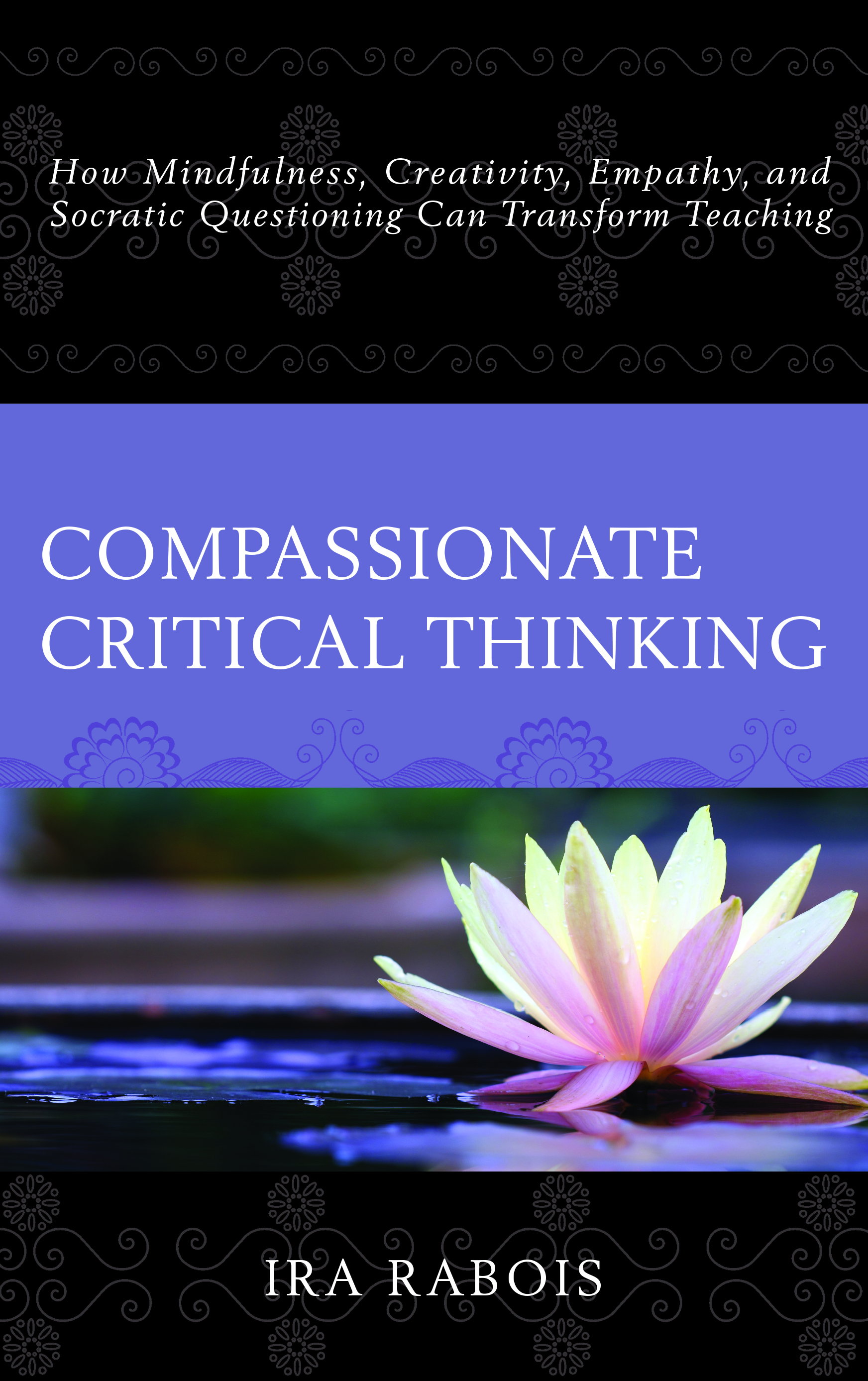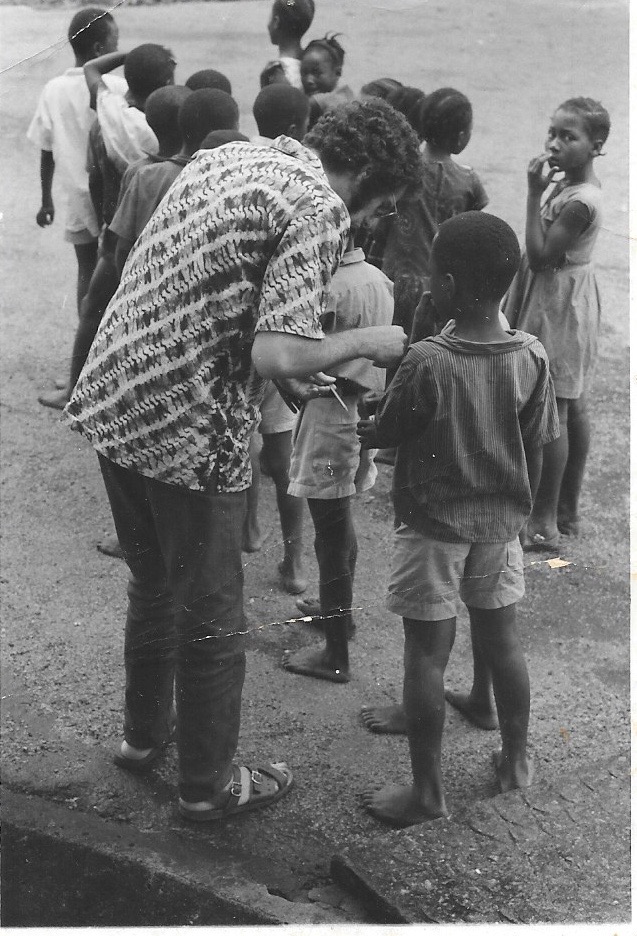Last week, I wrote about how to begin anything, especially the school year. One of the most important things teachers do to begin the school year is get to know the students, to help them feel supported, trusted, and part of a community. To do that, especially after a summer like this one marked by so much violence in the news, it is important to ask students about their summer, and discover what, if anything is disturbing them. Anxiety in schools has been rising over the last four or five years. Recognizing this in class, allowing students some space to talk about their emotions, is a crucial component of creating a supportive educational community and showing students that education can be a meaningful force in their lives.
Take a minute to think back on how you were affected by different events of the summer. How did you respond to Orlando? Nice? The police shootings of African-Americans? To shootings of police⎯or Donald Trump’s attack on Judge Gonzalo Curiel? To the drought in New York or other weather disasters? By studying yourself, you learn how to help students do the same. If you can’t be a student to yourself, how can you ask students to do it?
Then bring up the image of one of your students. Imagine how she or he stands, her face, his posture. Then imagine how the student might have responded to different news items reported this summer. Pick another student and do the same. Maybe write down what you notice, in yourself, in your students.
If schools are to accomplish one of their hopefully prime goals, namely teaching critical thinking, teachers have to understand the role emotions play in thinking. Does being worried, for example, or anxious, fearful affect student learning? How?
Would you say that emotion does not influence how or how clearly you think? Depression, for example, can be viewed as a state of mind that severely limits the amount of new information your mind will process. When depressed, it is especially difficult to process information that goes against the view of the world that keeps alive the depression. What about anger, jealousy, fear?
Yet, what about this: If you aren’t interested in a subject, how hard is it to think about it? How hard is it to think clearly when you’re bored or don’t care? If you don’t care, you don’t think. When you’re interested in something, when you care, your mind and body are energized. Without emotion, thinking is difficult if not impossible.
We grow up, or at least I grew up, with people saying that emotion or feeling, and thinking are opposed. We are told to stop being emotional. But emotion, or at least feeling, is what integrates, assigns value and thusly guides and gives meaning to thought.
Teachers can’t be therapists. But you can use the skills that teachers normally teach, analysis, critical thinking, focus, and empathy, in order to understand and let go of emotion. For example, when you analyze an emotion, you step back from it. You switch your mind from being identified or caught in emotion to the mind of analysis. When you inquire, you become inquisitive.
There is also a form of analysis you can access that is the basis of any thinking. The initial level of emotion or any mental state is what Daniel Siegel and others call an “orienting response.” Brain and body systems become alerted and energized. You begin to feel. Then you get “elaborative appraisal” which involves activating memory, directing energy, and creating meaning. You feel bad, good, or neutral, pleasant or unpleasant. Only after this do you get the desire to hold, as in joy or love, or push away, as in distaste or hate. When your mind is energetic and quiet, you are more likely to directly notice and sense this level of feeling and the development of thought. You can let your mind rest inside a developing idea without being caught by it. You can learn how to name what arises, not to get involved in purely intellectual thought, but to study or increase awareness of your mental processing.
In the case of anxiety, for example: If you were in an ongoing class studying the role of emotion in thinking, after sharing and examining different triggers of anxiety, you would need to determine what they all shared. What is it about these stimuli that trigger the emotion? And what are the historical, social, political conditions that contributed to the anxiety-triggering events? Then you’d research several scientific and philosophical perspectives on emotion. You’d ask: What is emotion? And what is critical thinking?
You’d take time to study your own experience of the emotion. By studying one emotion, as it arises in yourself, you can learn a method to better understand and deal with any emotion. By taking the time to understand the emotional process, you and your students will be better able to monitor emotions and state of mind, and better able to focus attention. You will be better able to think clearly, relationships in the class will improve, and the atmosphere will become more positive and supportive. You also study yourself so you can increase the positive applications and limit the negative affects of the use of computers and other digital media.
And remember, it’s important to help students understand that it is not the trigger or stimulus alone which causes an emotion, but the environment they’re in, and how they interpret, think about, and initially respond to the stimulus.
*This is the first in a series of blogs on different elements of critical thinking. Next week, I will focus on the different components of emotion and how to use inquiry, imagination and mindfulness practices to study yourself, think more clearly and critically, and teach your students to do the same.




